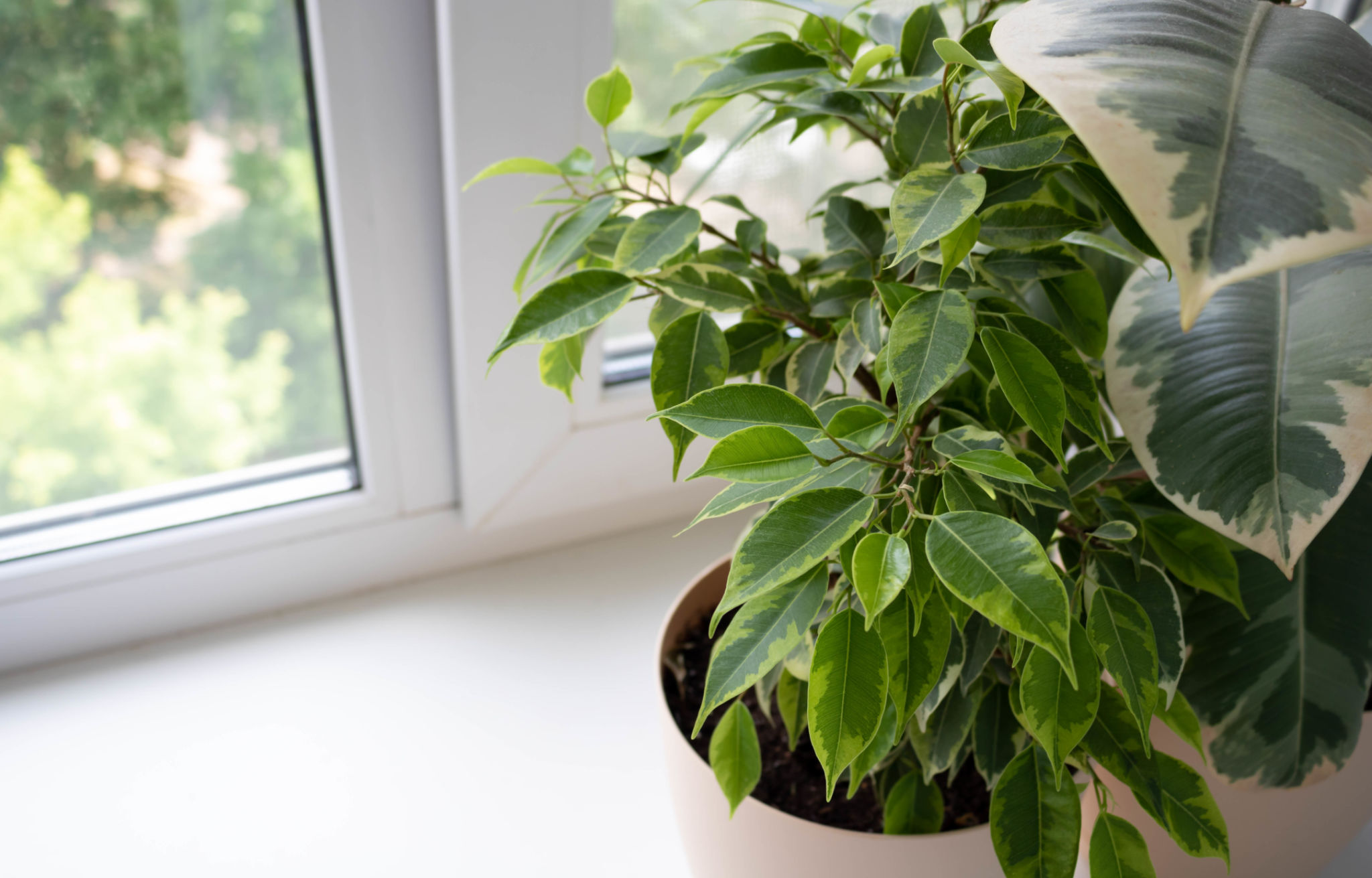DIY Maintenance Tips for Optimizing Your Home Ventilation System
Understanding the Importance of Ventilation
Maintaining optimal ventilation in your home is crucial for ensuring good air quality and a healthy living environment. Poor ventilation can lead to the buildup of pollutants, allergens, and moisture, which can affect your health and damage your home. By performing some simple DIY maintenance, you can improve your home’s ventilation system and breathe easier.

Regular Filter Replacement
A key aspect of maintaining your home’s ventilation system is regularly replacing the air filters. Filters trap dust, pollen, and other particles, keeping them from circulating through the air. Over time, these filters can become clogged, reducing airflow and making your system work harder.
Replace your filters every 1 to 3 months depending on the type of filter and the conditions in your home. If you have pets or live in an area with high pollen levels, more frequent changes may be necessary. This simple task can improve efficiency and extend the life of your ventilation system.
Cleaning Vents and Ducts
Dust and debris can accumulate in your ventilation system’s vents and ducts, restricting airflow and reducing efficiency. Regular cleaning can help maintain optimal performance. Start by removing vent covers and using a vacuum with a brush attachment to clean around the openings.

For more thorough cleaning, consider using a professional duct cleaning service. However, for most homes, regular vacuuming and dusting of vents will suffice to keep the system running smoothly.
Ensuring Proper Insulation
Proper insulation plays a significant role in maintaining effective ventilation. Insulation helps regulate temperature and prevents moisture buildup, which can lead to mold growth. Check for any gaps or damaged areas in your home’s insulation and repair them promptly.
In addition to walls and ceilings, make sure that ducts are well-insulated, especially if they run through unconditioned spaces like attics or basements. This will prevent energy loss and maintain efficient airflow throughout your home.

Checking for Blockages
Blocked vents can severely impact your home’s ventilation system. Periodically check that all vents are clear of obstructions such as furniture, curtains, or decorative items. Ensure that outdoor exhaust vents are also free from debris like leaves or snow.
If you notice any blockages, remove them immediately to restore proper airflow. This simple step can prevent your system from overworking and reduce energy consumption.
Monitoring Humidity Levels
High humidity can compromise air quality and lead to problems like mold growth. Use a hygrometer to monitor the humidity levels in your home, aiming to keep them between 30-50%. If levels are too high, consider using a dehumidifier or improving ventilation by opening windows or using exhaust fans.
Regularly inspecting areas prone to moisture, such as bathrooms and kitchens, can also help prevent humidity-related issues.
Conclusion
By following these DIY maintenance tips, you can optimize your home’s ventilation system and enjoy a healthier indoor environment. Regular upkeep not only enhances air quality but also extends the lifespan of your system and reduces energy costs. Take proactive steps today for a breath of fresh air tomorrow.
